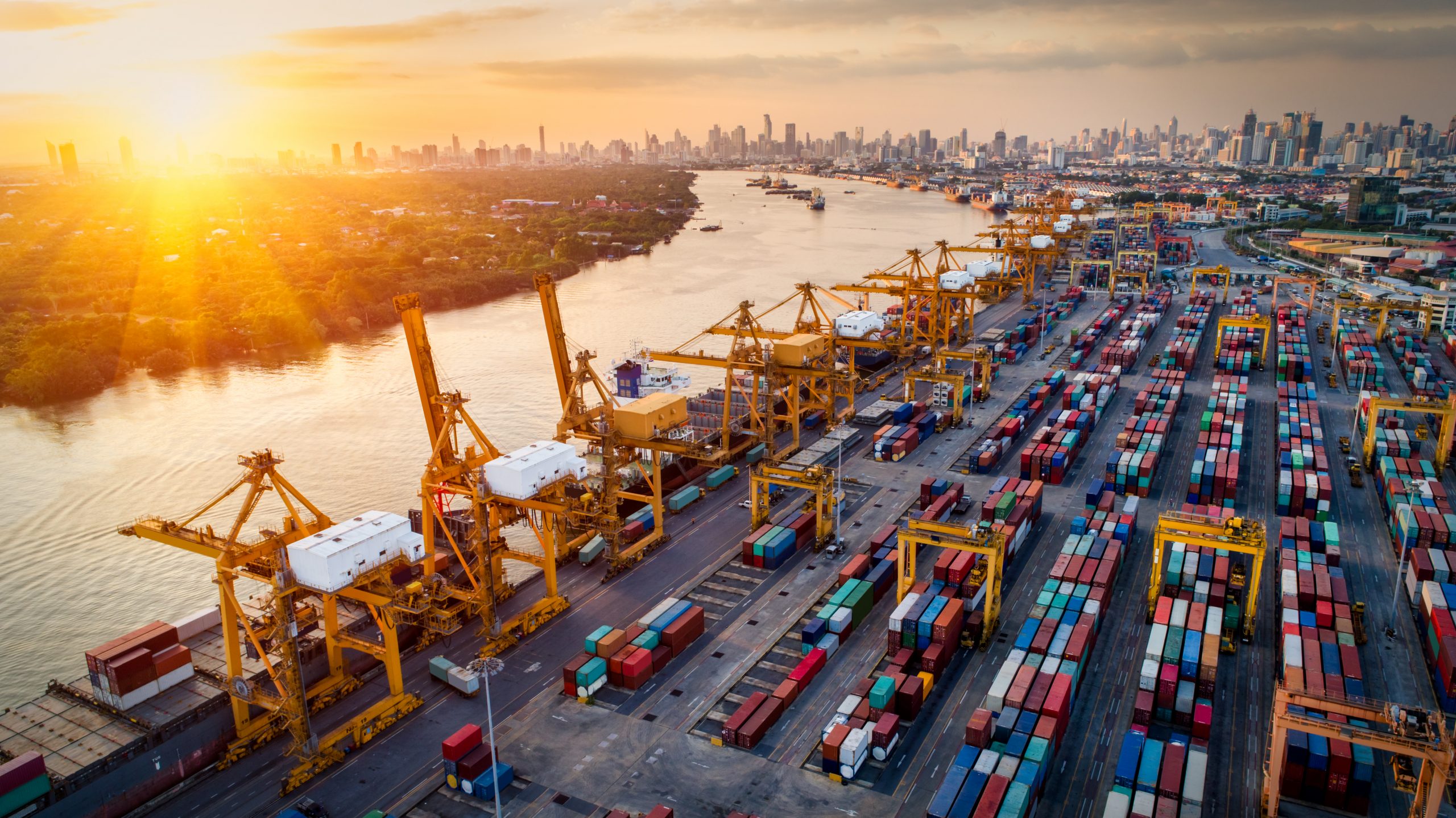What does a sustainable supply chain look like in today’s environment?
Latest Articles
August 18, 2020
COVID has tested companies’ resilience globally and has challenged the way companies operate and deliver on an international scale. Supply chains have been strained, and entire industries have been forced to recalibrate their strategies. 2020 is a new era, and with any monumental economic shift comes potential opportunistic growth and possibilities. Adaptation to a volatile environment is going to be the future of success in challenging markets. Technological advancements have proven to be a valuable component in predicting and enacting preemptive strategies to mitigate financial tragedies while improving supply chain efficiency. Analyzation of every level of a supply chain allows a compilation of big data that can be effectively scrutinized to prepare for pitfalls. Supply chains are shifting towards digitalization and are using big data as a pivotal resource in developing attractive optimization strategies. Compiling big data allows companies to analyze practical actions such as cost efficiency, detailed inventory assessments, and bridges communication rifts between manufacturers and suppliers.
Keeping the supply chain sustainable in uncertain conditions means it needs to be transparent and completely visible, even remotely. Updates and changes need to be tracked and modified in real-time without delays. Although this has not been a widely adopted practice previously, technological advancements and digitalization pave the way for new opportunities and growth.
Cloud computing makes it possible to store a plethora of big data securely. Track and Trace technologies allow you to monitor product whereabouts in real-time, allowing your business to be precise and accurate, enhancing customer satisfaction. Radiofrequency Identification (RFID) allows easy tracking, reduces disruption of supply flow, diminishes losses, and monitors product inventory availability. RFID is extremely useful in supply chain risk management.
Logistics fleet tracking is another way to stay current on product delivery times. You can reliably and accurately track delivery times and keep the supply chain fluid with current and updated information. This method also allows companies to optimize fuel costs by assessing transportation routes, minimizing running costs, and accelerating delivery speeds.
Digitalization is the future of supply chain sustainability. Digitalization allows companies to be logistically efficient, customer-centric, and enhance cost optimization on a large scale. Implementing digitization will be a valuable resource that will improve the performance of companies on a global scale. Stay current on technological advancements and utilize them to maximize your supply chain logistics!






